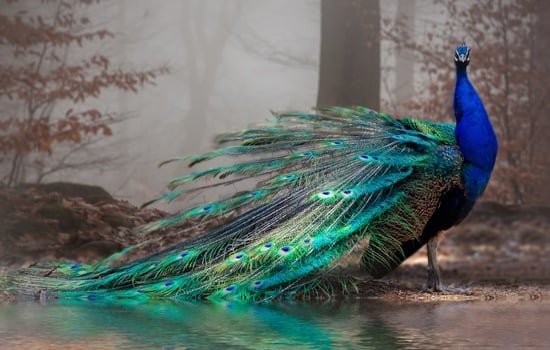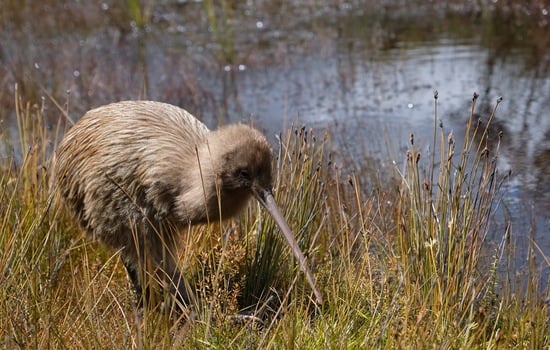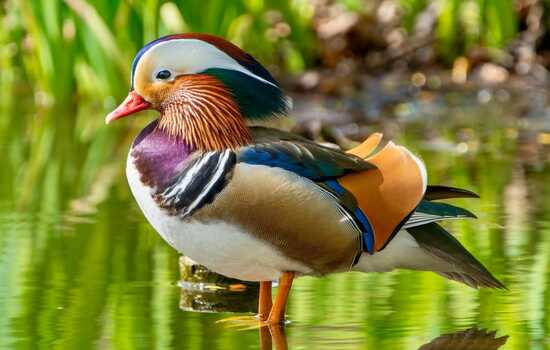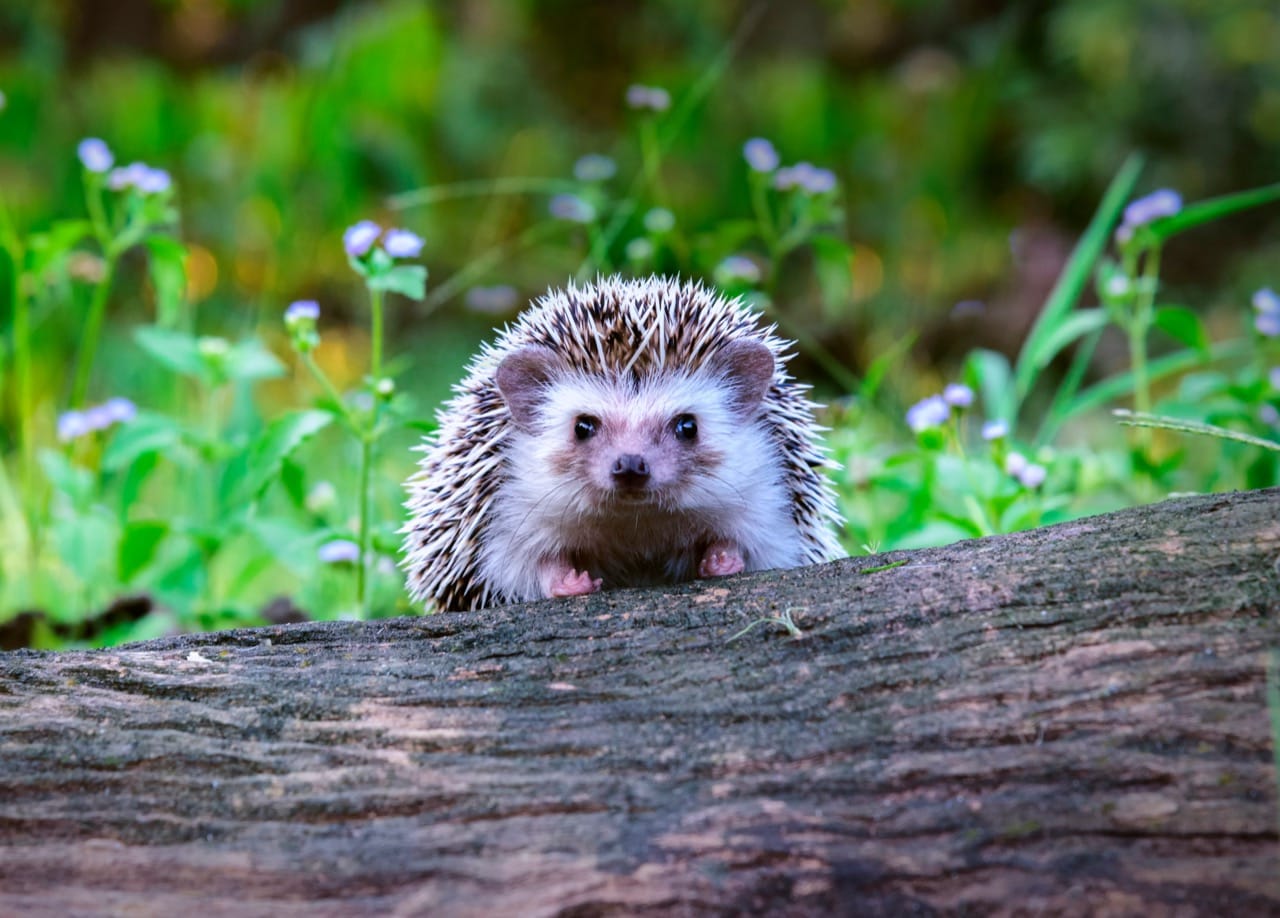
In the moonlit gardens and shadowy underbrush of our world, there roams a creature as mysterious as it is adorable. The hedgehog, with its quilled coat and curious nature, invites us into a narrative that is both ancient and vibrant. This small mammal, often shrouded in the mists of myths and fairy tales, is a marvel of nature, embodying the spirit of both the earth it treads and the folklore it inspires. Here's an intriguing piece of trivia to whet your appetite: hedgehogs are immune to snake venom, a rare trait that adds to their mystique and showcases their evolutionary ingenuity.
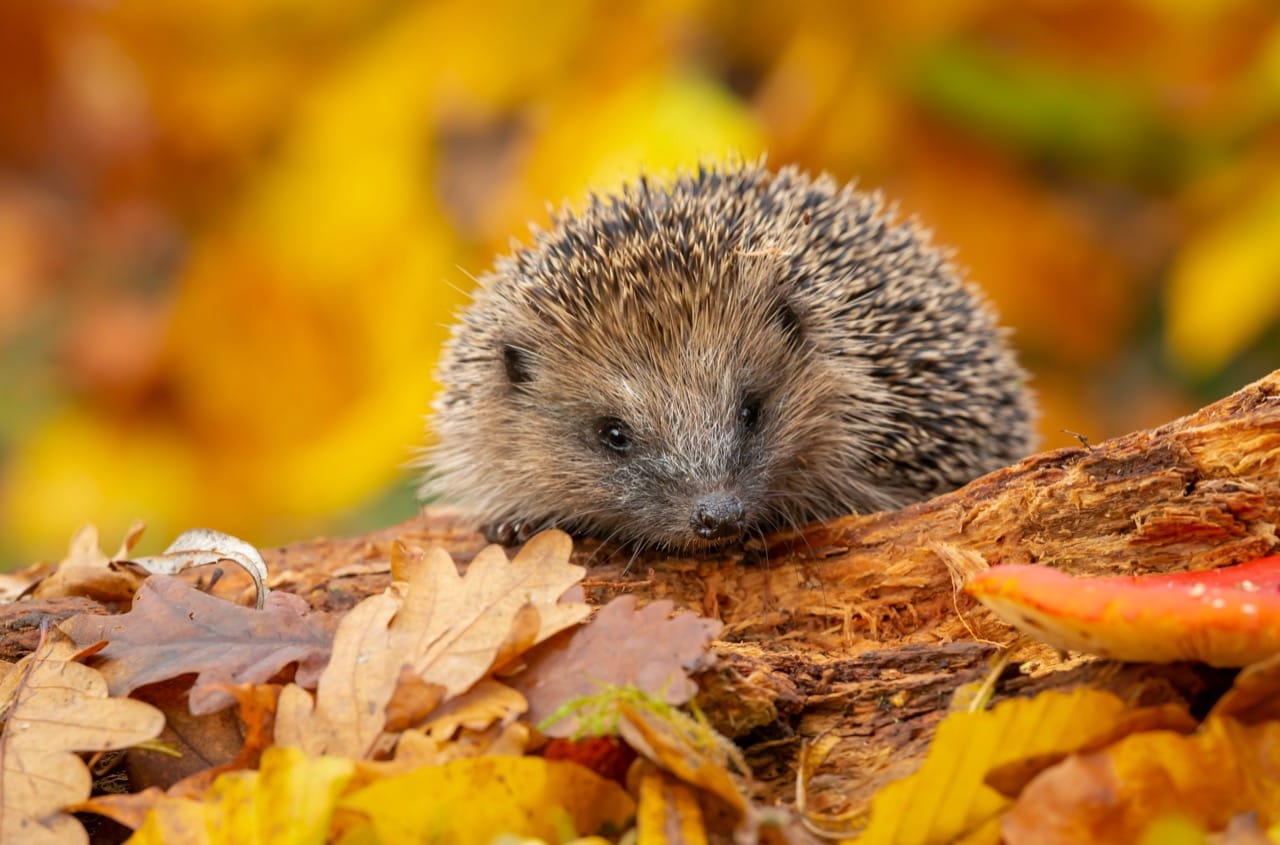
A Journey Through Time: Origins
The story of the hedgehog stretches back millions of years, tracing its lineage to a time when the world was a vastly different place. These creatures are part of the Erinaceidae family, which split from other mammals in the early Eocene epoch. Through the eons, hedgehogs have refined their distinctive features, becoming the endearing entities we know today. They've witnessed the rise and fall of empires, the shifting of continents, and the evolution of ecosystems, all while maintaining their quintessential essence.
A Closer Look: Physical Characteristics
At first glance, a hedgehog's most striking feature is its spiny coat, comprised of thousands of quills made from keratin, the same material as human hair and nails. These quills are not just defensive armor but are also a marvel of biological engineering, allowing hedgehogs to curl into a tight ball when threatened, presenting only their prickly exterior to predators. Weighing between 400 to 700 grams and measuring up to 30 centimeters in length, hedgehogs possess a compact body, short legs, and a face that seems perpetually curious about the world.
Across Diverse Lands: Habitat
Hedgehogs are not bound to a single habitat; they thrive across a variety of ecosystems, from forests and meadows to deserts and suburban gardens. Their adaptability has allowed them to populate areas across Europe, Asia, and Africa. These nocturnal foragers use the cover of night to explore their surroundings, relying on their keen sense of smell and hearing to navigate and find food, as their eyesight is relatively poor.
The Forager’s Feast: Feeding
The diet of a hedgehog is as varied as the landscapes they inhabit. Primarily insectivores, their meals include insects, snails, frogs, and a variety of ground-dwelling creatures. This varied diet is beneficial to gardeners, as hedgehogs help control pests. However, these little critters aren't averse to an occasional fruit or vegetable, showcasing their opportunistic and adaptable approach to dining.
Social Solitude: Behaviour
Hedgehogs are solitary creatures, with their interactions largely limited to the breeding season. Their solitary nature is complemented by a surprising range of vocalizations, from snuffles and grunts to the more distinct sounds made during mating. Despite their quills, hedgehogs have a gentle demeanor, capable of forming bonds with those who treat them with care and respect.
Under the Moon: Reproduction and Lifespan
The reproductive cycle of hedgehogs begins with a nocturnal courtship that can last for hours, culminating in the birth of two to five hoglets. These young are born blind and without quills, making them extremely vulnerable. Under the care of their mother, they quickly gain their protective covering and venture into the world. Hedgehogs can live up to 5 years in the wild, though this is often curtailed by factors such as predators and human activity.
Shadows and Safety: Predators and Threats
While hedgehogs' quills are an effective deterrent against many predators, they are not invulnerable. Owls, foxes, and wild dogs can pose a threat, particularly to younger or inexperienced hedgehogs. Human actions, including habitat destruction, road traffic, and pesticide use, also pose significant risks to hedgehog populations. Conservation efforts and garden-friendly practices are crucial in ensuring the survival of these enchanting creatures.
Guardians of the Garden: Hedgehogs and Humans
Hedgehogs have a long history of interacting with humans, from ancient symbols of wisdom and foresight to beloved characters in modern literature and video games. Their presence in gardens is often welcomed by gardeners due to their appetite for pests. However, their allure also makes them vulnerable to the exotic pet trade, where their needs can be difficult to meet. Proper education and conservation are vital to protect these creatures in both the wild and domestic settings.
The Road Ahead: Conservation and Awareness
While many species of hedgehogs are not currently classified as endangered, their numbers are declining due to a myriad of human-induced factors. Conservation efforts focus on habitat preservation, safe gardening practices, and reducing roadway deaths. Public education campaigns aim to raise awareness about the needs and challenges of hedgehogs, encouraging coexistence with these fascinating animals.
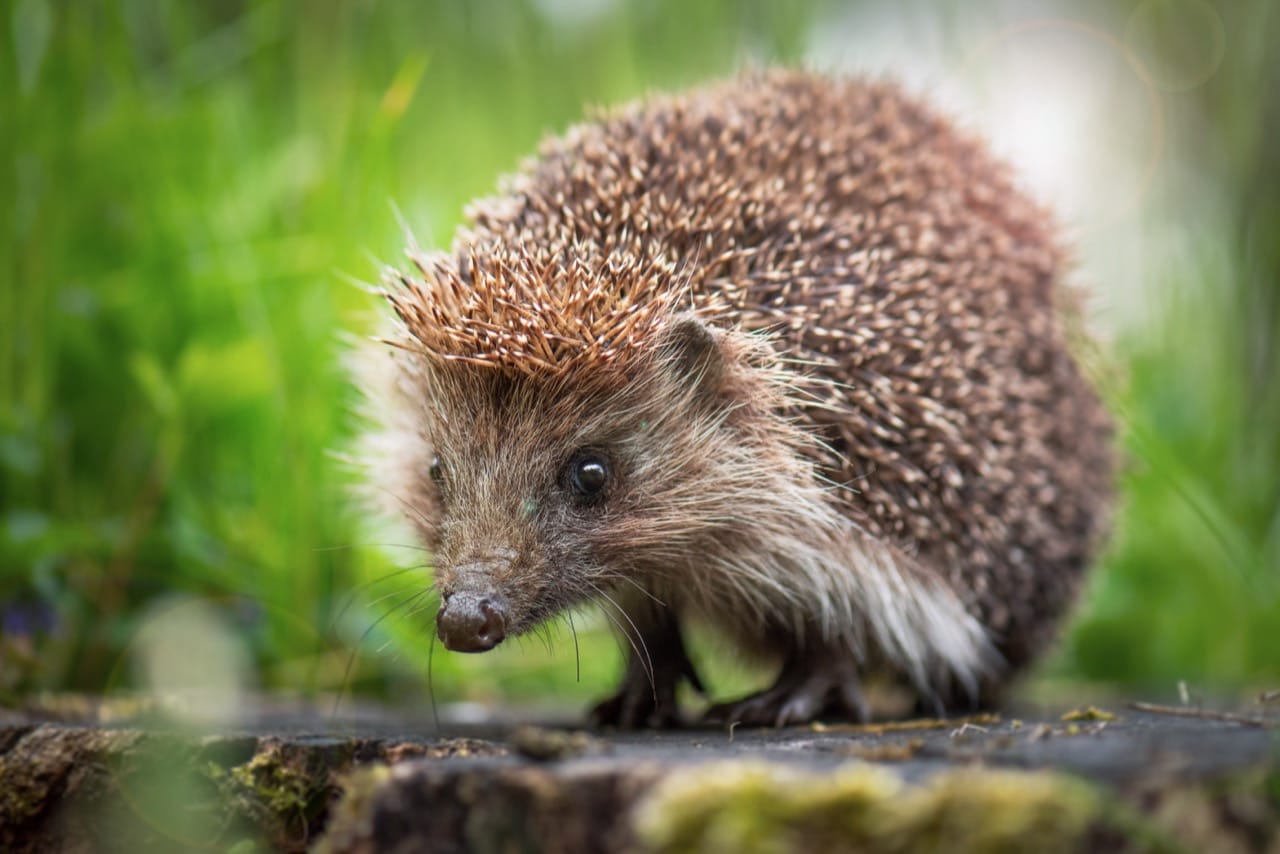
A Whimsical Presence: Cultural Impact
The hedgehog has embedded itself in the cultural consciousness, symbolizing everything from wisdom and protection to solitude and resilience. Their portrayal in media varies from wise guides to intrepid adventurers, reflecting our fascination with their unique blend of cuteness and independence. The hedgehog reminds us of the magic lurking in our own backyards and the importance of kindness and curiosity in uncovering it.
Hedgehogs continue to enchant and inspire, their nightly wanderings a silent testament to the enduring allure of nature's mysteries. As we learn more about these remarkable creatures, we're reminded of the delicate balance of ecosystems and our role in preserving them. Hedgehogs not only captivate our hearts but also encourage us to engage more deeply with the natural world, fostering a sense of wonder and responsibility towards all its inhabitants.




.jpeg)


